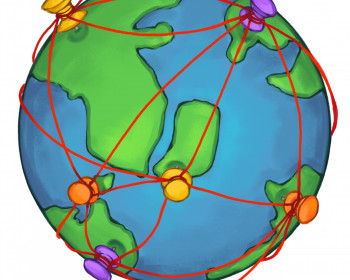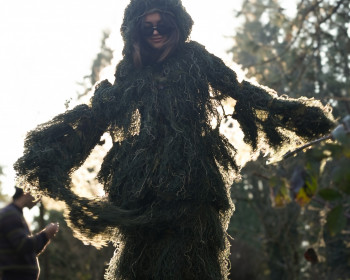Digital Exhibit Focuses on Katherine Dunn’s New Posthumous Novel, “Toad”
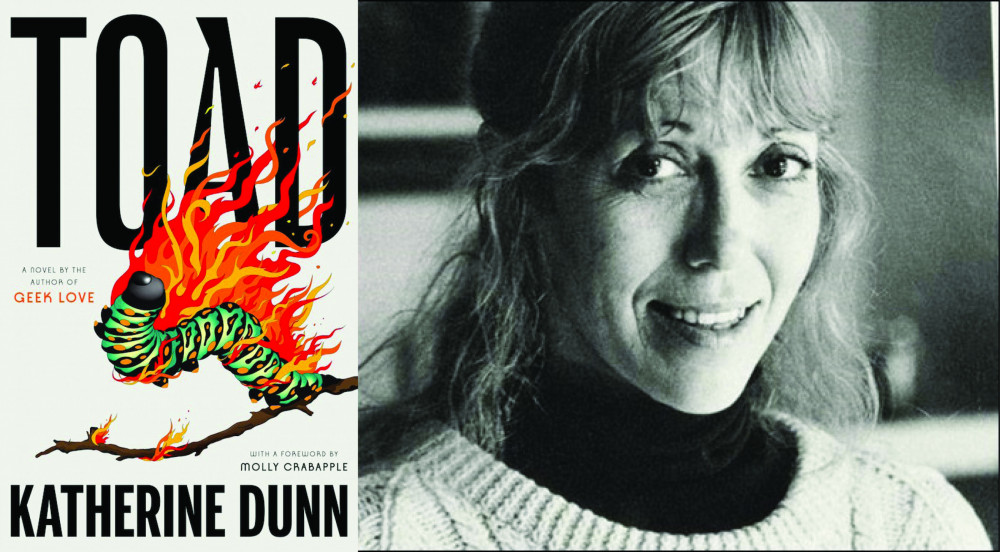
by Gabe Korer BA ’23
On November 1, Katherine Dunn’s posthumous novel Toad was published with the help of writer and editor Naomi Huffman. Dunn’s literary collection, including the original manuscript for Toad, was acquired by the Lewis & Clark Special Collections and Archives in 2019. Previously, the manuscript was part of a closed archive; however, Dunn’s son, Eli Dapolonia, gave Huffman permission to edit the work in 2018.
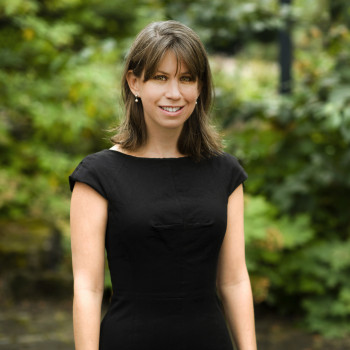
Credit: Steve HambuchenHannah Crummé, L&C’s head of special collections and college archives, served as Huffman’s main contact for the Dunn archive. Crummé says that, on a thematic level, Toad can be perceived as relating to Dunn’s own experience as a college student. It also expands on the themes present in her other works.
“In some ways, Toad seems like an early version of some of the themes that would come out in her later novel, Attic, and her most famous novel, Geek Love,” Crummé said. “It addresses belonging in adolescence and young adulthood. Many people have described it as autobiographical and a reflection on her time at Reed College. The book reflects seeking belonging in an elite and, in some ways, cerebral academic environment.”
To shed light on the novel’s editing process, Crummé worked with Huffman to produce a digital exhibition that examines literary editing across four moments in the novel. The exhibition was launched shortly before the formal release of Toad.
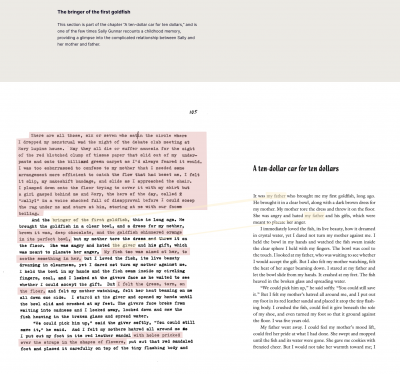
According to Huffman, the original manuscript lacked designated chapters, so she worked to create chapters that both summarized the story and were “irresistible” to read. This approach is in line with Dunn’s chapter organization in Geek Love. Huffman also divided Toad into three movements to better serve the clarity of the story, and made key decisions on whether to retain certain elements of the story.
Huffman described feeling “an enormous responsibility” to protect the integrity of Dunn’s work, though she ultimately took up the challenge out of a great sense of reverence and respect.
“I’ll never quite forget the thrill of reading Dunn’s typewritten manuscript of Toad for the first time,” Huffman said. “I was of course very moved by the opportunity to marvel over and study her handwritten notes, cross-outs, and substitutions, to witness firsthand the decisions and considerations she pondered as she wrote. And I was struck by a kind of reverence, for I knew few had encountered the manuscript before me, and that the decisions I might make about its fate—that is, whether or not to publish it—would determine whether it continued to idle quietly in a drawer among her personal papers or be celebrated by her numerous and devoted readers.”
Crummé believes that part of the value behind having a digital exhibition for Toad is that it will allow students to understand how the editing process can affect an author’s work.
“I think it’s really important for people to think about how published works come about, and how works change from their original form to their final published consumed form,” Crummé said. “ “That’s particularly important for students to think about, because so often students are working with a Penguin edition or an Oxford edition. But actually, there’s quite a bit of mediation of all texts by editors.”
L&C cosponsored an event at Powell’s Books with Literary Arts that coincided with the release of the book on November 1. The event featured a conversation between Huffman and author Lydia Kiesling, and celebrated Dunn’s legacy as a highly influential writer within the Portland community.
“Katherine Dunn was a prominent member of the Portland community, particularly the literary community, in the ’70s and ’80s—and even into the ’90s,” Crummé said. “We felt it was important to cosponsor the event, not only because we hold Dunn’s archive, but also because we’re interested in facilitating literary and artistic expression in Portland. As a liberal arts college, that’s part of our mission.”
According to Crummé, more of Dunn’s works that have been edited by Huffman will be published in the future, including Near Flesh: Stories in 2023.
“I’ve come to realize that editing posthumous works is not dissimilar from my experiences editing the novels of living writers,” Huffman said. “That is, the goal is not necessarily a perfect book, whatever that is, but one that only the writer could have written, and that lingers in the mind of the reader for a long time after they’ve put it down.”
More Newsroom Stories
Public Relations is located in McAfee on the Undergraduate Campus.
MSC: 19
email public@lclark.edu
voice 503-768-7970
Public Relations
Lewis & Clark
615 S. Palatine Hill Road MSC 19
Portland OR 97219
